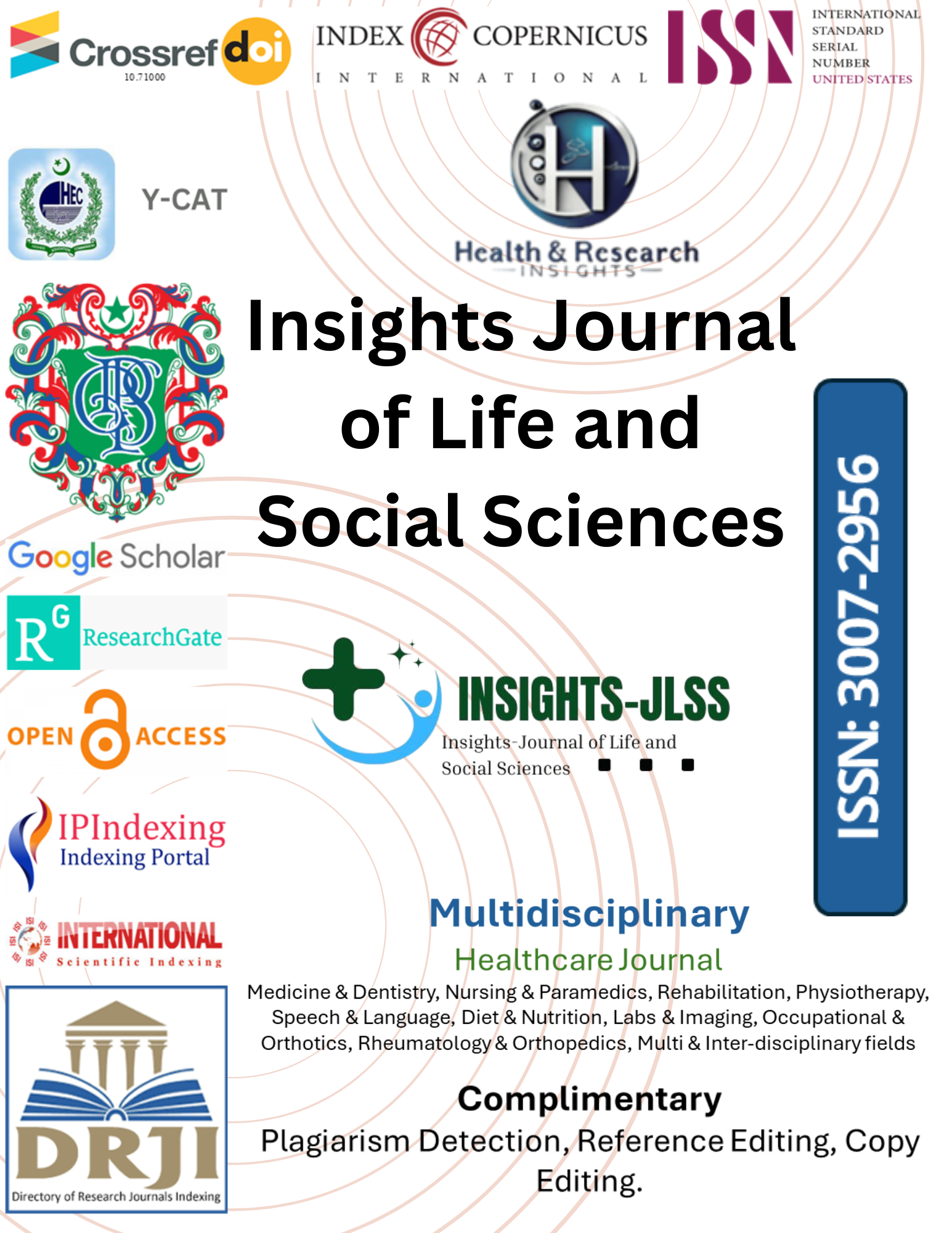ANTIOXIDATION AND PHYTOCHEMICAL ANALYSIS OF MINT, FENNEL SEEDS AND CARDAMOM; AN APPROACH TOWARDS SYNERGISTIC POTENTIAL
Main Article Content
Abstract
This research was conducted to evaluate the combined antioxidant potential of Mentha piperita leaves, Foeniculum vulgare seeds, and Elettaria cardamomum cloves. The study was designed to determine whether the mixture of these herbs would enhance or reduce their antioxidative effectiveness. Antioxidants are known to protect cells from oxidative stress caused by free radicals, which can damage cellular components. In this study, extracts of mint (Mentha), fennel (Foeniculum), and cardamom (Cardamomum) were prepared individually, and a combined extract was also made by boiling all three herbs together in the particular ratios as used in kehwa. These extracts were tested using standard antioxidant assays, including DPPH, ABTS, FRAP, and Phosphomolybdenum free radical scavenging methods, to measure their antioxidant capacities. It was found that the combined extract showed greater antioxidant activity than the individual extracts of mint leaves and fennel seeds but was less effective than cardamom alone. To further understand this result, FTIR (Fourier Transform Infrared Spectroscopy) analysis was carried out to identify chemical compounds present in the extracts. It was observed that certain compounds found in cardamom were missing in the combined extract. Additionally, phytochemical analysis was performed, and it suggested that alkaloids present in cardamom cloves may have degraded or lost their activity when combined with mint leaves and fennel seeds. Based on these findings, it was concluded that cardamom should not be mixed with mint and fennel if the goal is to maximize antioxidant potential, as its effectiveness may be reduced in combination.
Article Details

This work is licensed under a Creative Commons Attribution-NonCommercial-NoDerivatives 4.0 International License.
